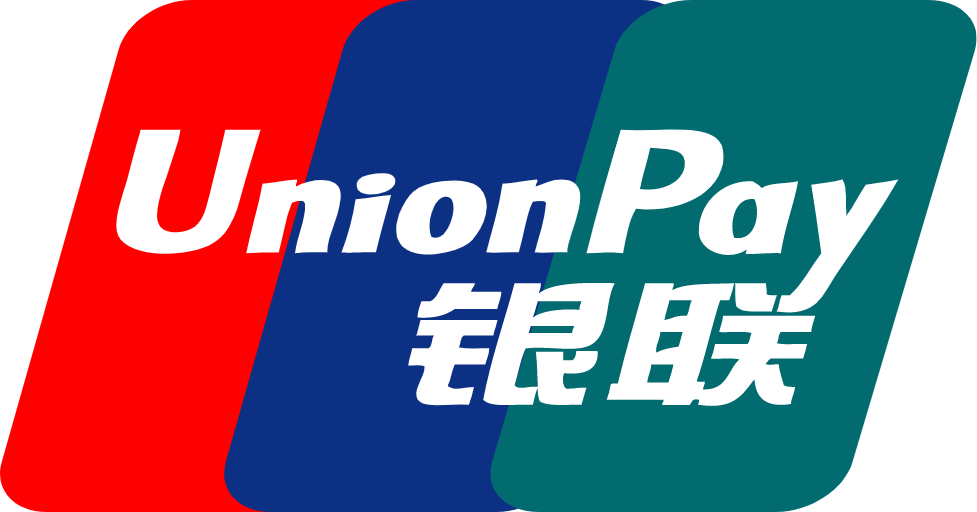In today’s globalized world, the internet has no clear boundaries.
If you want to reach audiences in different regions, a multilingual SEO strategy is an essential part of your plan.
Each region has its own unique language, culture, and search habits.
Understanding how to optimize Google keywords using these regional characteristics is a valuable skill.
Simply relying on translation tools to generate keywords is insufficient.
While translation tools can quickly generate content in your target language
they often fail to reflect local users’ actual search habits. For example
the English keyword “best restaurant” translates to “meilleur restaurant” in French. However,
French users may more commonly search for “restaurant pas cher” (cheap restaurant).
In this case, solely relying on translation could cause you to miss a significant amount of potential traffic.
From a technical perspective, multilingual websites should ideally use subdomains
(e.g., fr.example.com) or subdirectories (e.g., example.com/fr/). Additionally
including hreflang tags on your pages tells Google which pages correspond to specific languages and regions.
This not only helps Google properly identify your content but also avoids SEO issues caused by duplicate content.










